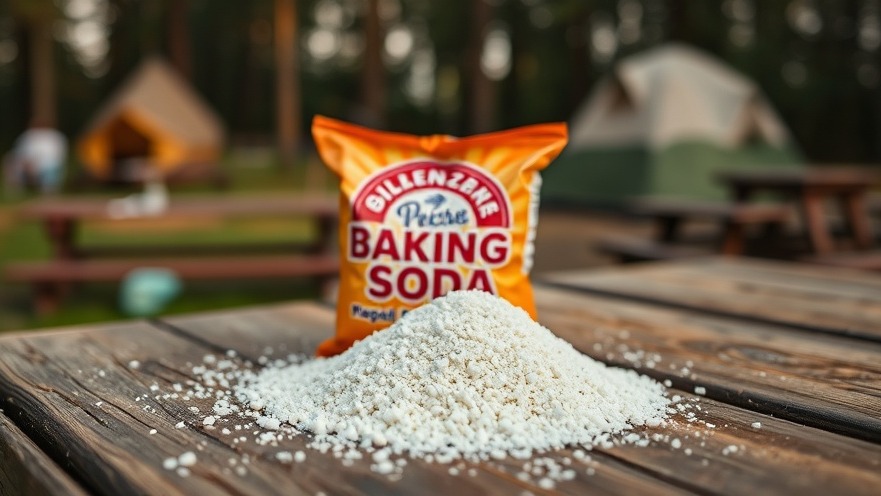
The Rise of PFAS: What You Need to Know
In recent years, PFAS, or per- and polyfluoroalkyl substances, have garnered significant attention. Once hailed for their practicality in household items and clothing, these chemical compounds may now pose health risks that have left many people reconsidering their use of consumer products. But what exactly are PFAS, and why should we be concerned?
Understanding PFAS: A Historical Overview
First created by DuPont in the 1930s during attempts to find alternative refrigerants, PFAS were initially celebrated for their abilities to repel water and oil. By the 1950s, these chemicals were being utilized in everything from non-stick cookware to clothing and food packaging. However, their rise in popularity coincided with an alarming discovery: PFAS are not biodegradable and can contaminate our environment, entering our bodies and remaining there for decades.
Everyday Products Containing PFAS
The average consumer likely comes into contact with PFAS daily without even realizing it. From stain-resistant fabrics and grease-proof food wrappers to personal hygiene products like certain dental flosses and makeup, PFAS are pervasive. Many of these items do not disclose their chemical contents on the labels, leaving consumers in the dark about the potential risks.
Health Risks Associated with PFAS Exposure
The scientific community has increasingly linked PFAS exposure to a range of health problems, including hormone disruption, developmental issues in children, and certain types of cancer. The very fact that they are designated as “forever chemicals” adds to the concern; once introduced into our ecosystems, they do not break down and can accumulate over time.
The Environmental Impact of PFAS
PFAS contamination has become a pressing environmental issue. Studies show that these chemicals are found not only in consumer products but also in water systems across the globe. Their stability and persistence in the environment pose significant challenges for water authorities and, ultimately, for public health. Efforts to address PFAS pollution are underway, but they can be slow and complex.
What We Can Do to Limit Our Exposure
Educating ourselves about products that contain PFAS is the first step towards reducing exposure. Opting for natural or PFAS-free alternatives whenever possible can minimize risks. Products labeled as “anti-stain,” “water-resistant,” or “grease-proof” should be scrutinized before purchase. Additionally, keeping informed about local water sources and their quality can empower individuals to take action for their health.
A Call to Action: What Communities Can Do
Addressing the implications of PFAS is not just an individual effort—it requires community awareness and legislative advocacy. Supporting initiatives aimed at reducing PFAS use and contamination in local environments can foster change. Engaging with policymakers about enforcing stricter regulations on PFAS production and usage is one way communities can work together to protect their health and environment.
The Future of PFAS: Continuing the Conversation
As research continues to evolve, ongoing discussions about PFAS are crucial. It is essential for consumers, businesses, and policymakers alike to remain educated on the latest findings regarding these chemicals. Understanding their complex history, potential health implications, and environmental impact will help ensure informed choices are made moving forward.
 Add Row
Add Row  Add
Add 






Write A Comment